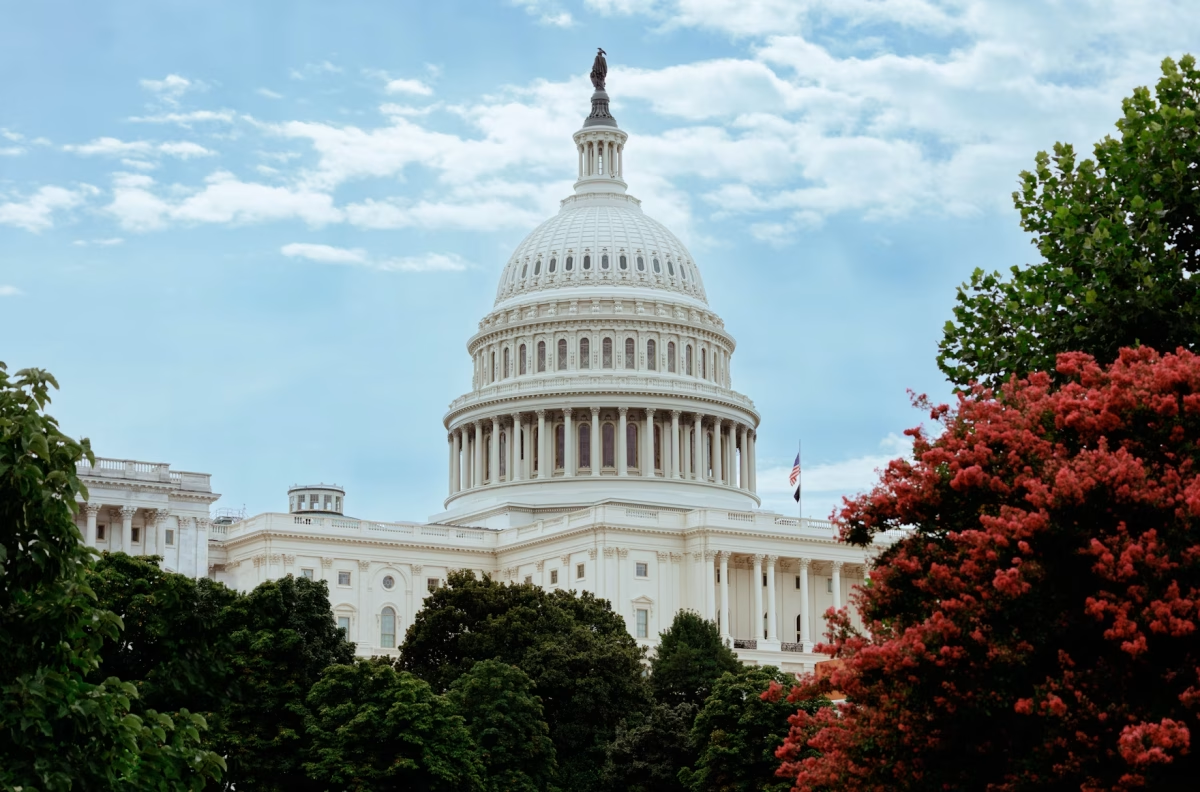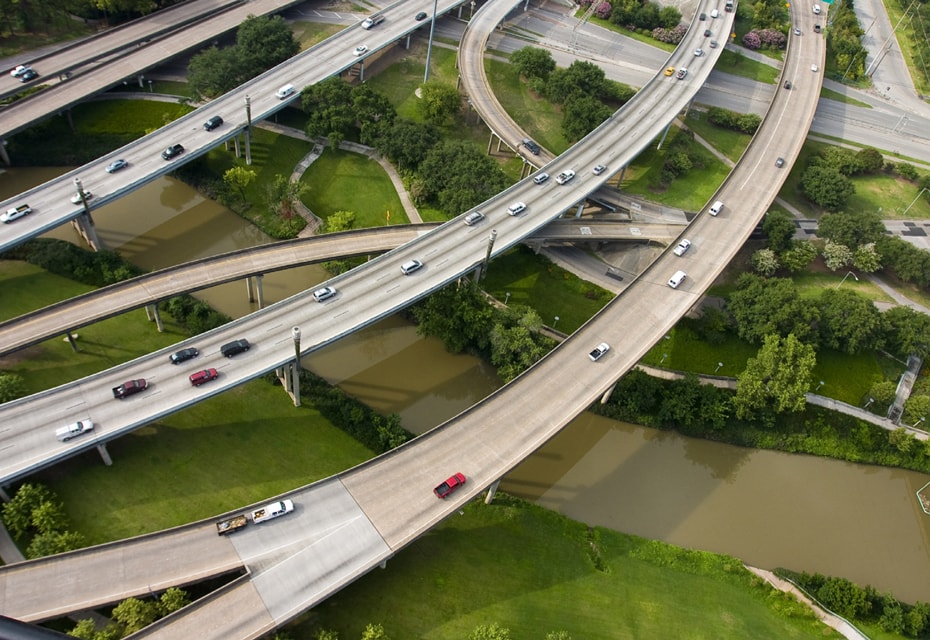Residents of Galveston have faced renewed flooding over the last few weeks as unusually high tides and coastal flooding washed into low-lying streets and homes despite otherwise calm skies. In one bayside neighborhood, residents woke up to find their street inundated, while intersections near Offatts Bayou remained underwater for three days before the salty floodwaters receded.
The culprit behind the surprise flooding was a king tide, an especially high tide that occurs when the sun, moon and Earth align during a full moon. The most recent full moon occurred on Oct. 7, which also happened to be a supermoon. This led to an intensified gravitational pull on Gulf waters. Combined with persistent easterly winds funneling water into Galveston Bay, the alignment pushed tides above normal levels and onto the streets. Galveston’s bay side, carved with bayous and inlets, is especially prone to flooding whenever tides run unusually high.
Local officials noted that no injuries were reported, but the flooding disrupted daily life in affected areas. “It was total devastation,” Galveston resident Abraham Stallins said of seeing the normally dry Big Sandy Creek area transformed by floodwaters. While this flood was minor compared to hurricane storm surges, it was also a vivid warning of the risks lurking at the water’s edge.
Scientists say such events are becoming more common. Galveston experienced high-tide flooding on 23 days last year, the most of any U.S. city. The western Gulf Coast now sees an average of 10 more high-tide flood days than it did in 2000, a more than 400 percent increase. The National Oceanic and Atmospheric Administration predicts Galveston’s Pier 21 tide gauge could see 13 to 20 flood days in the coming year, barring major storms. These high-tide flood days have surged thanks to rising sea levels and land subsidence along the Texas coast.
Climate change is driving a steady rise in sea levels that increasingly threatens coastal Texas. Galveston Island is eroding by about seven feet per year, and NOAA projections show seas could climb anywhere from 3.5 to 11 feet over the next century. Such an increase would permanently inundate large swaths of the island and worsen flooding. A climate resilience study from June 2024 warns that by midcentury, Galveston may endure high-tide flooding on nearly 200 days each year, essentially flooding every other day. What is currently an occasional inconvenience could thus become a near-constant struggle for residents and infrastructure.
Galveston was devastated in 1900 by the deadliest hurricane in U.S. history and again by Hurricane Ike in 2008. Those disasters came from catastrophic storms, but today even normal tides are starting to breach Galveston’s defenses. The island’s famed seawall, built after the 1900 storm, and other barriers protect against storm surges, yet bayside neighborhoods remain exposed to creeping sea levels.
The Climate Resilient Galveston report cautions that climate change will continue to make the island even more vulnerable to flooding and other natural disasters. Higher baseline water levels mean smaller storms or tides can now cause outsized damage, and when big storms do hit, they ride on elevated seas.
State and federal authorities are taking notice of such changes in the waters. The U.S. Army Corps of Engineers unveiled the Coastal Texas plan in 2024, a proposed $57 billion system of storm surge gates and levees to shield Galveston and the Houston area. It would be the largest civil engineering project in USACE history, aiming to lock out Gulf storm surges. However, such heavy infrastructure won’t solve the recurring tidal floods that rise up from below. For those, communities are looking to elevate roads, restore wetlands and improve drainage. Nature-based solutions like preserving coastal marshes can help absorb high waters, and local advocates urge that these strategies be prioritized alongside seawalls.
Galveston’s king tide may be a harbinger for all of Texas. Across the state, climate change is turbocharging the water cycle, leading to heavier downpours and flash floods. The United Nations’ Intergovernmental Panel on Climate Change reported in 2021 that extreme rainfall events are increasing across the U.S. as temperatures rise, with the warmer atmosphere holding about 7 percent more moisture per one degree Celsius of warming. This fuels more intense rainstorms, and in Texas, that translates to rain bombs that overwhelm rivers and cities alike.
“This is not a one-off anymore. Climate change is turning ordinary weather into these disasters,” said climate scientist Claudia Benitez-Nelson after catastrophic floods hit Central Texas over the summer.
Just a few months ago in early July, a stalled tropical weather system dumped up to 20 inches of rain overnight in the Hill Country, causing the Guadalupe River to rise more than 26 feet in 45 minutes. The flash flood tore through campgrounds and rural communities, tragically killing more than 100 people. Meteorologists pointed to bathtub-warm Gulf waters and record humidity as key factors.
Texas’ state climatologist, John Nielsen-Gammon, has warned that extreme rainfall could become 10 percent heavier by 2036 as the climate warms, making catastrophic floods more likely even from smaller storms. From the coast to the Hill Country, Texas is grappling with wetter and more erratic weather in line with climate change forecasts. Houston has been hit by three floods in the span of a few years, capped by 2017’s Hurricane Harvey, which unloaded an unprecedented 60 inches of rain. Dallas, Austin and other cities have likewise endured record-breaking flash floods and overflowing rivers tied to torrential rain events.
Nearly a quarter of Texas’ land area carries a substantial flood risk, putting some 5 million Texans in harm’s way under current climate conditions. As climate change continues, that exposure is only expected to grow.
The confluence of rising seas and intensifying rainstorms paints a worrisome picture for Texas. Galveston’s latest high-tide flood is only a small-scale example of the challenges ahead. What used to be oddball occurrences are now becoming more routine. Climate experts stress that how we respond now will determine how well Texans cope with these escalating threats, urging investments in resilient infrastructure, smarter urban planning and aggressive climate action to limit future warming.
For the coastal community of Galveston, the writing is on the wall — or rather, on the wet pavement. Higher tides are already lapping at Texas’ doorsteps, decades ahead of schedule. The recent king tide may have been driven by celestial mechanics, but its severity is rooted in human-driven climate shifts. As Texas officials and residents clean up from the latest flood and prepare for the next, the consensus is clear: the water is rising, and Texas must rise to the challenge.






